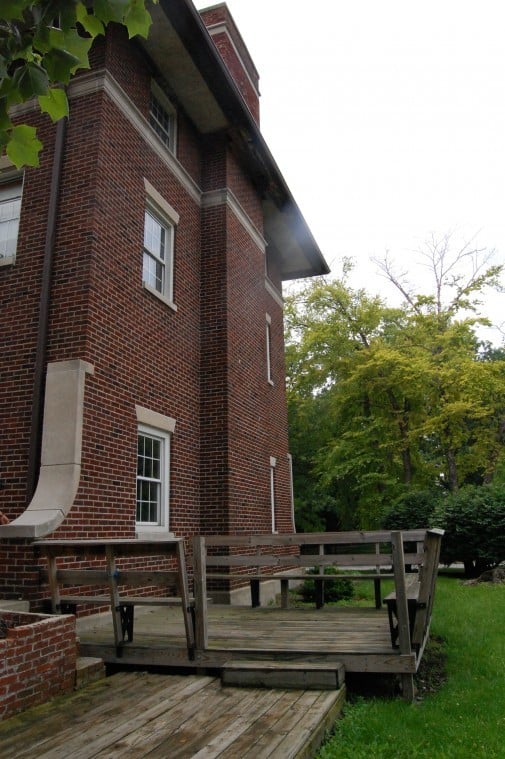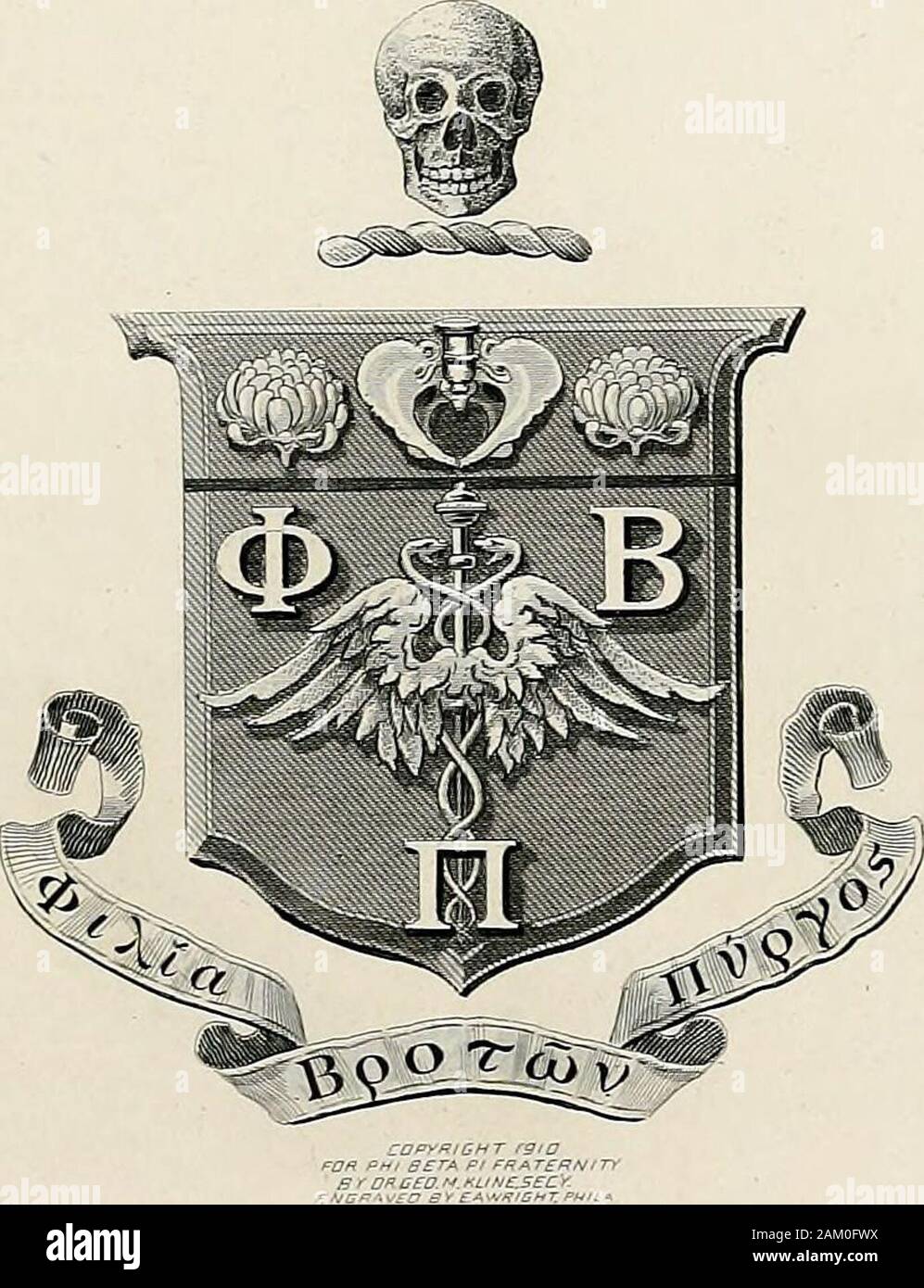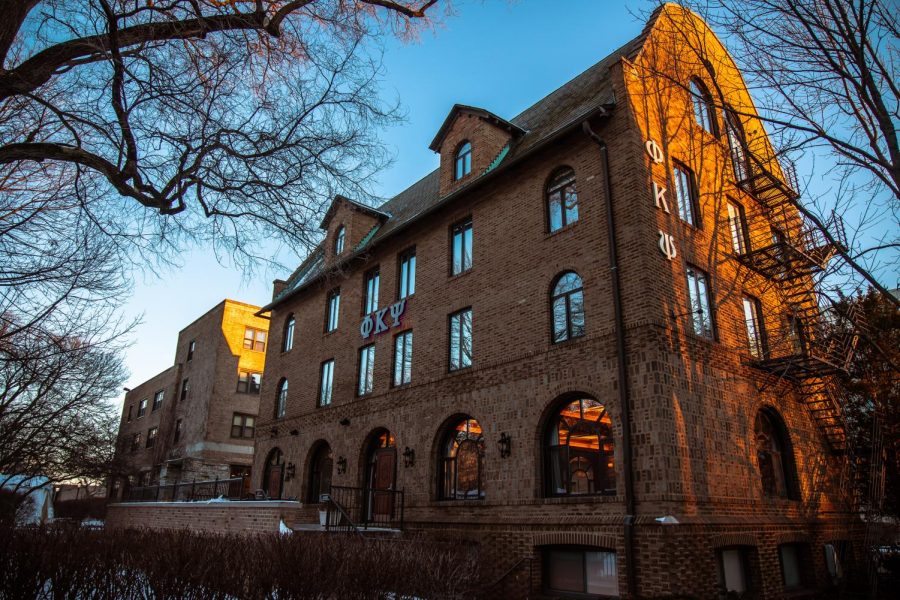


You may visit the national website at More Information National Founding Date: February 19, 1852

Twitter: Northwestern Phi Kappa Psi Organization Facts “United by friendship, sustained by honor, and led by truth, We live and flourish.” The chapter list of Phi Delta Epsilon includes the following groups.Illinois Alpha Chapter, Northwestern University Other symbols of PhiDE include amethyst, pearl, and the scarlet red carnation. The Fraternity's colors are Royal purple and ivory. Above the center of the wings is a star containing the letter Phi.īoth badge and seal may only be used or worn by initiated members. The letter Alpha appears beside the left wing and the letter Sigma beside the right. The scale is balanced upon a caduceus with a Delta as its base. The seal of the fraternity consists of the scales of justice with the letters Phi, Delta, and Epsilon on the sides and at the bottom. The medical badge, also made of 14 carat gold, consists of a torch centered in front of the outline of a triangle. The left side of its face is purple, while the right side is ivory. The fraternity's premedical badge is made of 14 carat gold and is triangular in shape. All badges are identical, but as occasion demands various stones are placed therein to designate successful completion of a term in a specific International Board office. Below the Delta is a torch, and in front of the torch is a bow with a ruby at its center. The Delta is set with pearls on its sides and amethysts at its angles. The first and oldest badge includes the Greek letter Phi on its left side, Delta at its top, and Epsilon on its right. Over the course of its history, the fraternity has recognized three badges. The Fraternity has over 35,000 practicing professionals in its active network. The addition of the premedical affiliation in 1994 at Binghamton University rounded out the fraternity's membership, which now spans an entire lifetime of medical education and practice. The fraternity's membership diversified throughout the following decades. In the late 1960s, the fraternity opened its membership to women and encouraged recruitment of medical students of all races, nationalities and religious beliefs. In the 1940s, the Aaron Brown Lectureship Program was begun and has remained an important chapter event through the years. įollowing the merge, the chapters were divided into districts, and by 1930, enough members had graduated from medical schools to form graduate clubs. Its seven existing chapters were in the Midwest and West, which geographically complemented the existing PhiDE chapters. In 1918, Phi Delta Epsilon amalgamated with Alpha Phi Sigma, a medical fraternity organized in 1908, whose ideals and principles were similar to those of PhiDE. Soon after, more chapters were organized in the East and Midwest. Thus, Brown and his friends decided to start their own fraternal organization, guided by the precepts of philanthropy, deity, and equity. In 1904, it was not uncommon for American medical schools and medical fraternities to have quotas limiting admission of Jewish students.

Founders were:ĭuring the first decade of this century there were many doors closed to Jewish medical students and physicians, doors which would not fully open until after World War II. Phi Delta Epsilon was founded on October 13, 1904, at Cornell University Medical College.
Northwestern phi psi professional#
Phi Delta Epsilon ( ΦΔΕ) (commonly known as PhiDE) is a co-ed international medical fraternity founded at Cornell Medical College and a member of the Professional Fraternity Association. Weill Cornell Medical College of Cornell UniversityĨ1 Pre-Medical Chapter, 101 Medical Chapters International Pan-hellenic medical society Phi Delta Epsilon


 0 kommentar(er)
0 kommentar(er)
